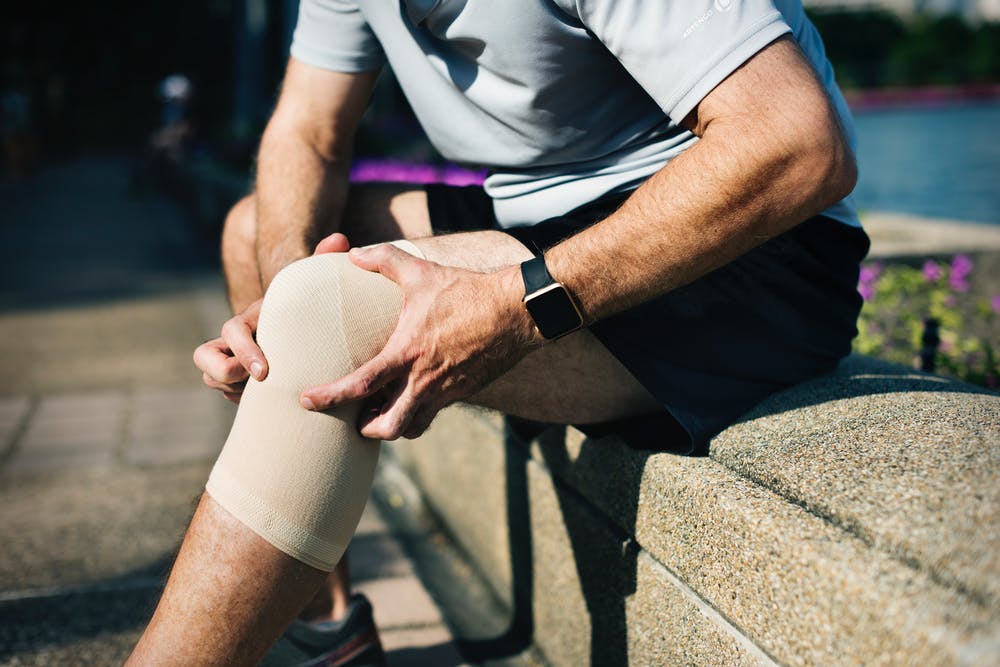|
BOOK NOW |
ASK ABOUT YOUR PAIN |
Home > Blog > Physiotherapy Singapore & Hand Therapy > Understand Your Pain > Pain & Injury > Pain Management & Relief
physiotherapy Pain Management & Relief

All of us has experienced physical pain at some time in our lives. Maybe some of us pain linger as in the case of chronic pain, and the lucky majority has their pains fully recover.
Related article: what is chronic pain?
Everyone feels pain differently, and gets injured or pain in different ways. Some of it is
- sports
- trauma such as in falls or road traffic accidents
- physical assault
- disease
- etc
Pain...is sometimes like a pandora's box, because everyone's experience, causes and recovery from pain is different. This can make it very hard for someone to explain their pain to others, and harder still for others to understand...causing a lot of unnecessary misunderstanding.
This fuels pain further, because pain does have an emotional aspect to it, and when one's emotionally affected plus misunderstood pain, the pain experience can be aggravated significantly.
types of pain
- Nerve pain (neuropathic pain) is pain caused by damage or disease that affects your nerves and the nervous system.
These type of nerve pain can be caused by direct injury to the nerve (e.g. diabetic peripheral neuropathy, cut nerve, post-stroke). Alternatively, it can be affected by a virus (e.g. shingles). - Nociceptive pain is usually a lot easier to explain, because it's the pain that is direct.
Nociceptive pain is when you break a bone, tear a ligament or muscle. What happens in these kinds of injury is that the nerve endings in the damaged tissue detects an injury or problem, which then signals your brain through your spinal cord.
There's 2 types of nociceptive pain
a) Somatic pain is the standard example I gave above, that's injury to the bones, muscles, joints, tendons, ligaments etc.
b) Radicular pain stems from irritation of the nerve roots, for example, from a bulging or herniated spinal disc. Radicular pain refers to the distribution of the pinched nerve. e.g. sciatica or numbness in carpal tunnel syndrome.
The more severe the pinching or compression of the nerve, the more likelihood you will experience radiculopathy (and the more intense the sensation). Symptoms can include muscle weakness, numbness, pins and needles or loss of reflexes in the distribution of the pinched nerve.
Acute Pain vs Chronic Pain
Acute pain is caused by a new injury, disease or onset. Such as a fall, a trauma that is sudden.
Chronic pain is different from acute pain: it is a stubborn pain that has lasted for more than three months...and is usually NOT related to the original damage.
pain relief physiotherapy & pain management
The treatment for acute pain and chronic pains are typically the same:
- Pain relief physiotherapy
- Heat therapy / cold therapy
- Protection of injuries through splinting, taping, slinging etc
- Soft tissue management
- Tight muscle release
- Ultrasound therapy
- Shockwave therapy
- Mobilize soft tissues
- Stretching of joints and soft tissues
- Strengthening weakened or imbalance muscles
- Scar management
- Sensory re-education
- Correct movement patterns
The difference is for chronic pains, we have to also focus a lot on education, challenge pain perception, sensory reeducation and lifestyle changes. It sounds simple, but it's really profoundly challenging and complex.
Patients in chronic pain will need a lot more time and sessions typically.